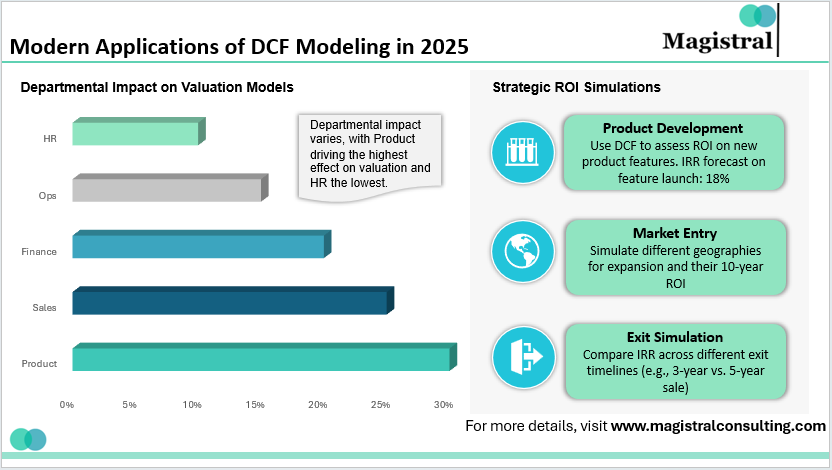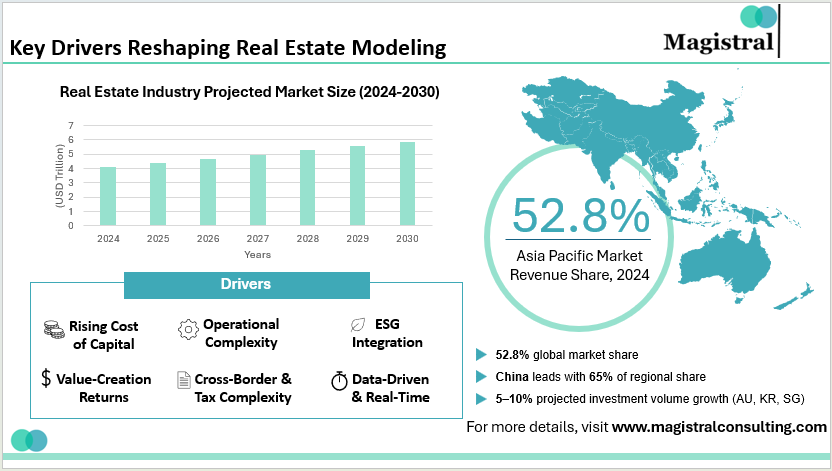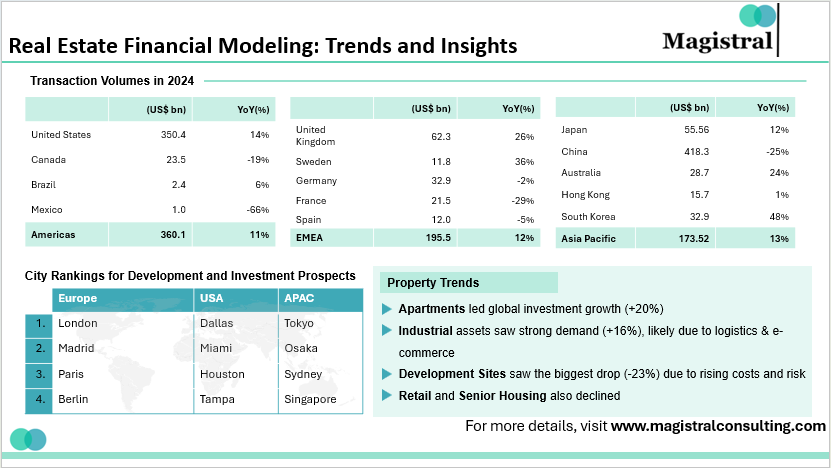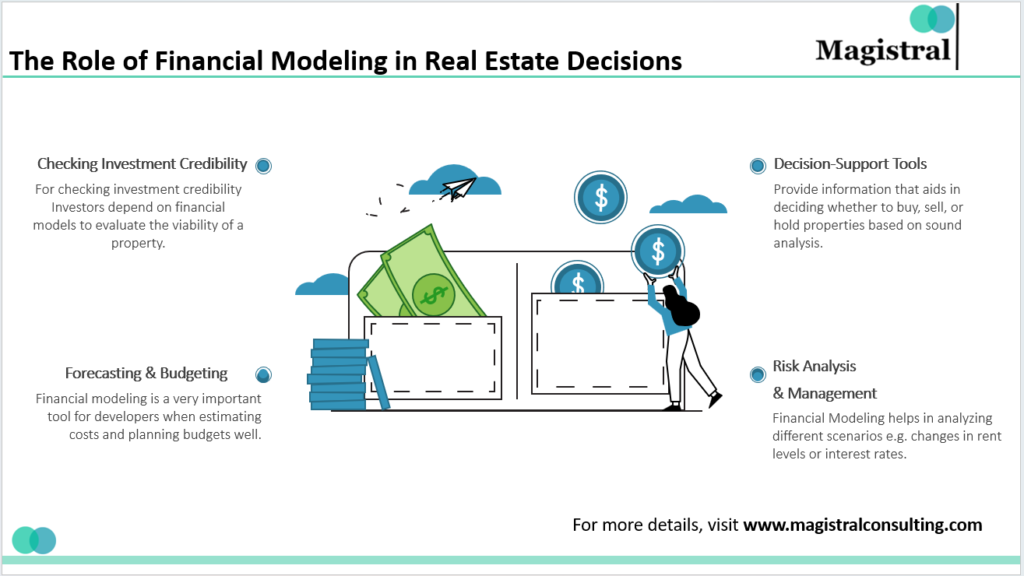All orbit around one fundamental question with Venture investing, M&A, and corporate finance: What is its real worth? The Discounted Cash Flow (DCF) model remains the constant anchor in valuation, while trends come and go from market comps to sentiment-driven pricing. DCF modeling has re-emerged not just as a spreadsheet exercise, but as a strategic discipline in 2025, with macro volatility and AI-driven markets.
DCF modeling is no more just about predicting free cash flows. Value, which marries data and judgment and simulates multiple futures, is about building a clear, strategic narrative. To assess present worth but to future-proof their decision-making with clarity and confidence Investors, founders, and CFOs are integrating and not limited to DCF only.
From Spreadsheets to Strategy: The Evolved Role of DCF Modeling
Generally, DCF models were observed as normal static, complex, and sensitive to the assumptions, relegated to investment banking specialists and finance interns, but the new wave of DCF applications reflects to the given models as well.

Modern Applications of DCF Modeling in 2025
Scenario-based forecasting
It is for macroeconomic swings, policy shifts, and operational variability accounting.
AI-powered model validation
They include assumptions through real-time benchmarks, market sentiment and stress testing.
Narrative-linked financials
They work with strategic goals, product launches, or market expansion plans and aligning forecast assumptions.
Modern DCF is about storytelling through numbers. A well-constructed model helps secure investor buy-in, justify acquisitions, and guide capital allocation.
Beyond Valuation: DCF as a Decision Engine
DCF Modeling works as a decision engine in various aspects beyond traditional valuations
DCF Modeling in Action: A SaaS Founder’s Toolkit
Consider a B2B SaaS startup aiming to raise a Series B. Their growth story is strong, but market sentiment is cautious. Instead of relying solely on comps, the founder builds a DCF model with:
Revenue growth tiers (base, stretch, conservative),
Customer churn sensitivity toggles,
CAC payback analysis embedded into operating cash flow assumptions.
The model shows that even with modest churn increases, the NPV (Net Present Value) remains attractive. When shared with prospective investors, the transparent modeling earns trust. The round closes faster, and the lead investor increases their check size citing “financial discipline.”
DCF for CFOs
Smart CFOs are treating DCF not just as a pitch tool but as an internal guide for:
Product pipeline prioritization
What new features drive long-term FCF growth?
Market entry decisions
Which geography offers optimal ROI over a 10-year horizon?
Exit timing simulation
How does IRR change based on different acquisition dates?
One PE-backed healthcare company built an internal DCF engine updated quarterly. By integrating live P&L data with operational KPIs, they aligned boardroom decisions with long-term value creation, resulting in a 20% increase in exit valuation during their eventual trade sale.
Building a Culture of Value Modeling
Just as branding and marketing are becoming everyone’s job, valuation fluency is no longer limited to finance teams. Progressive firms are building DCF literacy across:
Product managers
They input roadmap costs and timelines.
Sales leaders
They model pricing and retention dynamics.
Operations teams
Those who understand cost drivers’ impact on cash flow.
A fintech startup instituted quarterly “Valuation Days,” where cross-functional teams refine the DCF model collaboratively. The result? Sharper strategic alignment and better inter-departmental communication.
The DCF Premium: How Investors Perceive Model-Driven Startups
Data from a 2024 CFA Institute report found that startups presenting robust DCFs at early stages:
Attracted 15–20% higher term sheet offers on average,
Faced less pushback during diligence,
Saw better post-funding alignment with their boards.
Why? A credible DCF signals operational maturity. It shows that founders aren’t just chasing TAM, but are grounded in unit economics, margin trajectories, and sustainable cash flow.
Four Evolutionary Trends in DCF Modeling
DCF modeling has evolved from a traditional valuation technique to something much more meaningful in analysis and scenario building. Some of the trends observed are as follows.

The Evolution of DCF Modeling
Integrated Scenario Design via AI
Tools now auto-generate market, competitor, and cost-of-capital scenarios based on sector dynamics. Founders can toggle through future environments instead of manually creating worst/best/base cases.
Narrative-Driven Assumptions
Models now begin with a “Valuation Memo” that frames each assumption in strategic context. This memo travels with the model, improving transparency for investors and internal stakeholders.
Live Model Feeds
Gone are the days of static Excel files. Platforms like Fathom, Cube, and Strupp allow for API-based real-time integration with ERP, CRM, and banking systems for keeping models current at all times.
Capital Structure Optimization
Modern DCFs now layer in different financing structures to SAFE vs. convertible note vs. priced round and visualize the impact on founder dilution and IRR. Strategic capital decisions are embedded in the valuation logic itself.
Institutionalizing DCF Modeling: A GP’s Playbook
A growth equity fund recently rolled out a “DCF-first” mandate across its portfolio. Each investment candidate must include:
10-year free cash flow forecasts with industry benchmarks,
IRR waterfalls across three exit timing options,
DCF sensitivity matrix based on WACC, terminal growth, and margin variation.
The result? Stronger internal consensus, fewer post-investment surprises, and improved LP reporting clarity. One GP summarized: “DCF helps us value patience and avoid shiny object syndrome.”
Case Study: Rescuing a Growth-Stage Deal
A health tech founder was preparing to accept a down round at a $30M pre-money valuation. Their banker built a DCF showing $60M in value even under conservative assumptions, based on:
High recurring revenue,
Low churn,
A clear pathway to breakeven in 18 months.
The narrative flipped. The startup paused the round, refined their messaging, and raised $10M at a $45M valuation three months later, with investor appetite doubling. The DCF didn’t just justify the ask; it protected equity.
From Assumptions to Alignment: The Strategic ROI of DCF
According to KPMG, companies that routinely use DCF for internal decision-making outperform peers by 18% in ROIC over five years. Why?
Capital budgeting becomes more grounded.
Expansion bets are evaluated with rigor.
Founders have stronger conviction during investor negotiations.
In essence, DCF builds muscle memory for value-based decision-making through across planning, fundraising, and exit.
DCF Modeling: Communicating and Building Value
DCF modeling is not only about crunching numbers, but it also strengthens trust, avoids common mistakes, and enhances transparency. It can serve as a communication bridge, where it can reinforce valuation discipline. It can also act as a strategic compass, thus ensuring long-term credibility and value creation.
Common Pitfalls in DCF Modeling (and How to Avoid Them)
Overly optimistic growth projections
Solution: Anchor to industry benchmarks and apply sanity checks from prior actuals.
Misaligned terminal value assumptions
Solution: Use both perpetuity growth and exit multiple methods for a range-based TV.
Ignoring working capital needs
Solution: Model realistic receivables, payables, and inventory cycles.
One-size-fits-all discount rate
Solution: Calibrate WACC per scenario and geography in especially for global ventures.
DCF as a Communication Bridge
Modeling isn’t just a technical task- it’s a trust-building mechanism. When done right, it:
Helps founders speak the investor’s language.
Equips CFOs to defend capital allocation plans.
Enables boards to make time-consistent strategic decisions.
One veteran VC put it best: “A good DCF doesn’t guarantee returns. But it guarantees the founder has thought.”
Building Brand Value through Valuation Discipline
Just as companies build brand equity through consistent messaging, they build investor trust through a consistent valuation strategy. Some accelerators now include DCF modeling in demo day prep. Leading VCs expect DCFs for anything post-Series A.
A global accelerator offers founders a “Valuation Maturity Score,” based on
Granularity of assumptions,
Historical vs. projected performance gaps,
Integration with operational KPIs.
Founders in the top decile raised 40% faster on average, because confidence in valuation leads to confidence in vision.
The Strategic Compass
In an era where market froth and hype cycles obscure fundamentals, DCF modeling is a steadying force. It demands thoughtfulness, encourages rigor, and rewards realism. Whether you’re a founder, investor, or finance leader, DCF is no longer optional.
DCF Modeling Services Offered by Magistral Consulting
Magistral Consulting offers specialized services in DCF (Discounted Cash Flow) modeling to support investment evaluation, fundraising, and strategic decision-making. Their expertise includes building detailed financial models that forecast free cash flows, calculate terminal value, and estimate enterprise and equity value under various scenarios. Magistral assists clients in creating base, upside, and downside valuation cases, incorporating assumptions like revenue growth, cost structures, WACC, and exit multiples. These models are tailored for private equity firms, startups, and corporates aiming to validate investment theses or optimize capital structure. They also support pitch deck preparation and investor presentations based on DCF insights.
About Magistral Consulting
Magistral Consulting has helped multiple funds and companies in outsourcing operations activities. It has service offerings for Private Equity, Venture Capital, Family Offices, Investment Banks, Asset Managers, Hedge Funds, Financial Consultants, Real Estate, REITs, RE funds, Corporates, and Portfolio companies. Its functional expertise is around Deal origination, Deal Execution, Due Diligence, Financial Modelling, Portfolio Management, and Equity Research
For setting up an appointment with a Magistral representative visit www.magistralconsulting.com/contact
About the Author

Utkarsh is a finance professional with expertise in investment research, M&A, and financial modeling. He has built and applied models including DCF, LBO, and comparable analysis, supporting investment banks, private equity, and venture capital firms across diverse sectors. Utkarsh holds an MBA in International Business & Finance from Symbiosis International University, a B.Com (Hons) from Delhi University, and has completed the Stanford Seed program at Stanford Graduate School of Business.
FAQs
What makes DCF different from market comps?
How often should we update a DCF model?
What tools can streamline DCF modeling today?
Is DCF useful for early-stage startups?








